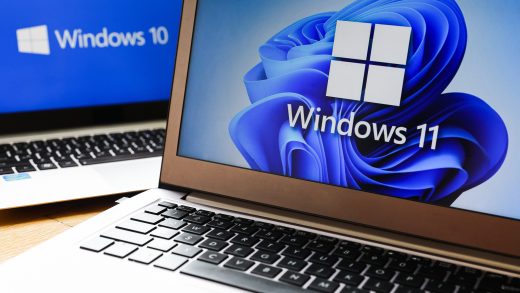Portable applications offer some definite advantages over their traditional counterparts. They’re lightweight, and they allow you to move between computers while taking your apps and settings with you. Here’s why they’re different and why they’re sometimes—but not always—a good choice.
How Regular Apps Are Installed
RELATED: What Is the ProgramData Folder in Windows?
To understand what makes an app portable, it might be helpful first to take a quick look at how traditional apps get installed in Windows. When you install an app in Windows, the installation files go to several different locations. The bulk of the app’s files are usually copied to a single folder somewhere in the C:Program Files folder. Files that contain settings applying to all users of the app may get created in the ProgramData folder.

Settings that are particular to different user accounts on the PC are stored in files created in the hidden “AppData” folder inside each accounts user folder. Most apps create entries in the Windows Registry that may also hold various configuration settings. And many apps take advantage of shared code libraries that get installed with things like the .NET framework and Visual C++ Redistributables.
There are distinct advantages to this separation of functions. Multiple apps can share information contained in Registry entries or shared code libraries, preventing unnecessary duplication. Storing user-specific settings in one place and system-wide settings in another means that apps can take better advantage of lots of different Windows features designed for a multi-user system. For starters, each user can rely on their own settings being loaded when they start the app just because they are signed in with their own Windows account. Features like file and share permissions are built on this structure. And, having all program settings saved to designated areas makes backing up your system more reliable.
So, What’s a Portable App and Why Would I Use One?

A portable app is simply one that doesn’t use an installer. All the files required to run the app reside in a single folder, which you can put anywhere on the system. If you move the folder, the app will still work the same. Instead of installing a portable app, you typically download it as a ZIP file, extract that ZIP to a folder, and run the executable file for the app. If the app allows you to save settings, those settings are saved in files right inside the same folder.













